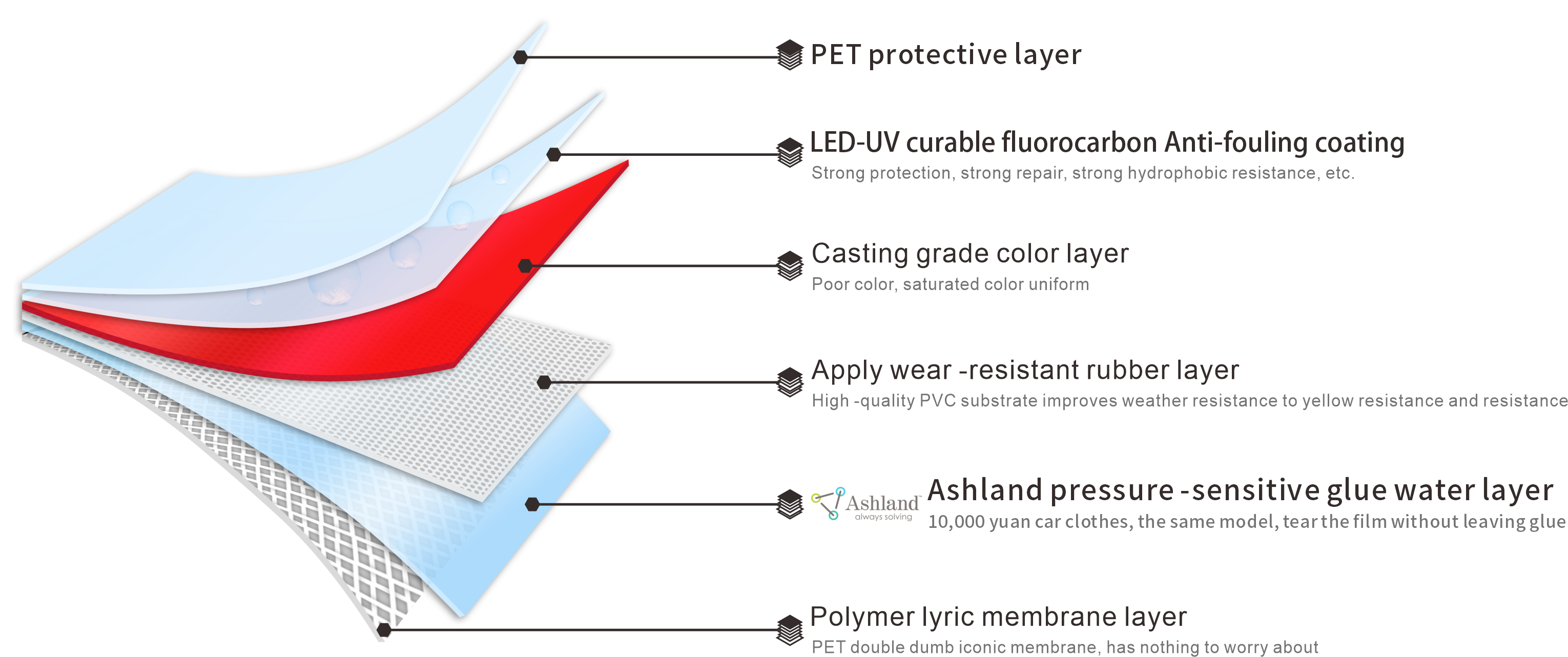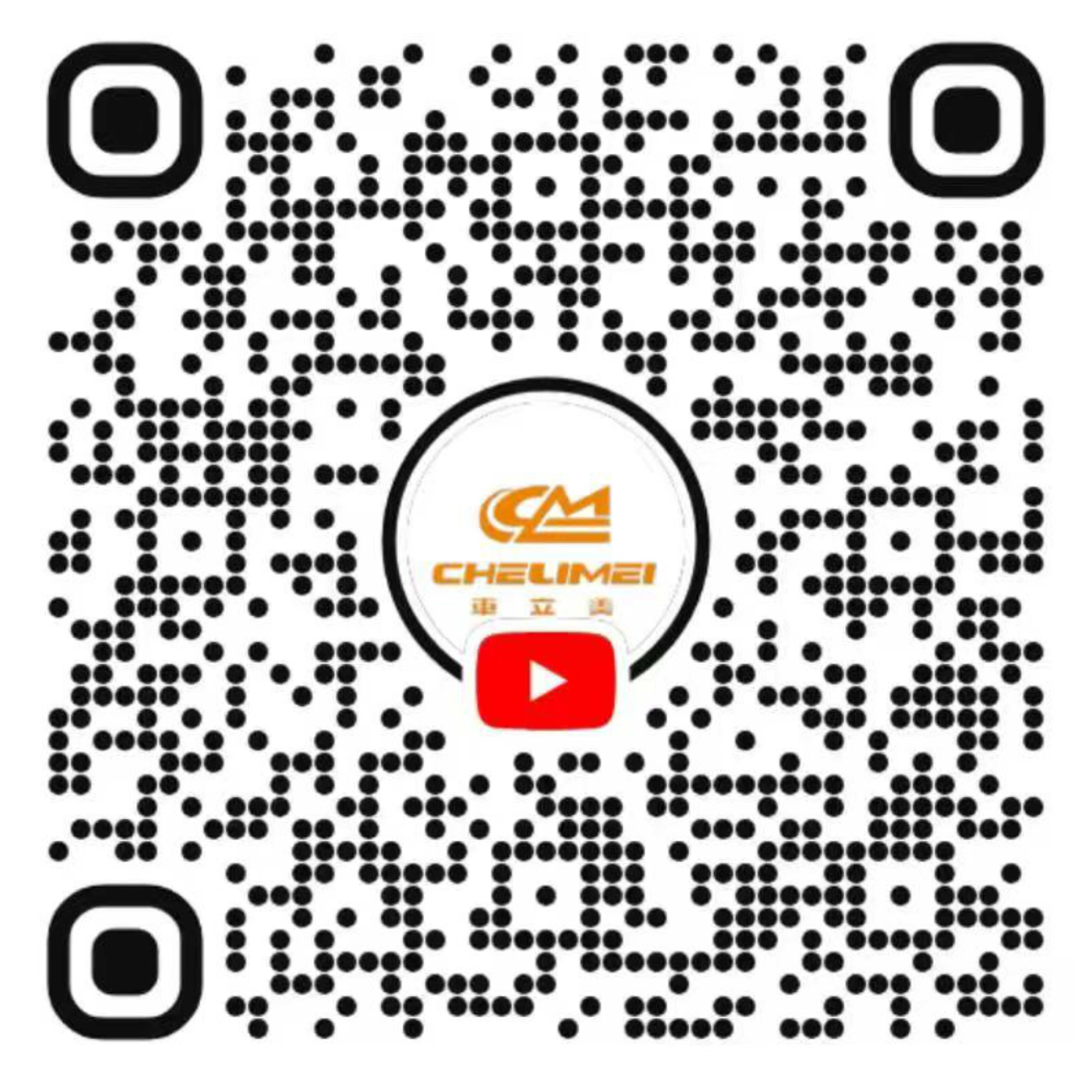
How To Identify PET vs. PVC Vehicle Wraps?
"A person’s attire makes the man, a car’s modification defines its style."
Tired of generic car colors
Vehicle wrapping is a stylish and convenient way to transform your ride, adding personality and freshness to your car’s appearance.
————————————
Perhaps car enthusiasts wonder: How do you tell PET wraps apart from PVC wraps, and what’s the difference?
First, let’s clarify a common misconception from so-called "experts" online:
PET wrap doesn’t refer to the main material of the wrap itself. Instead, it refers to the material of the liner or release film backing the wrap. Typically, vehicle wrap materials involve two components: the base film and the liner. So, when people mention "PET wrap," they’re actually talking about the PET mesh release film layer—not the entire wrap’s material.
(As shown in the image, the PET mesh release film layer is also called high-density air-channeling double-coated PET liner.)
 (Structure diagram of the color change film under Chelimei brand)
(Structure diagram of the color change film under Chelimei brand)
Therefore, the identification of PET and PVC color change films mainly focuses on the base paper release film:
PVC Color Change Film
also called polyvinyl chloride. Its main advantages are easy coloring, rich colors, and a relatively affordable price.
The hardness of the PVC film material itself can offer some protection to the car body. But due to wind and sun exposure in natural environments, problems like fading and adhesive residue are inevitable. Also, with a simple structure, its service life is generally limited.
LATEST NEWS
- PPF(paint protection film),What is the pros and cons of the car paint surface? 2025-03-27 13:30:54
- Don’t Fall For Cheap Car Wraps! A High-Quality PPF Or Color-Change Film Should Cost ¥2000-4000! 2025-03-28 16:36:33
- Why Do Top-Quality PPFs & Color Films Love Ashland’s Adhesive? 2025-03-28 16:41:46
- The Coating Code of PPF: Hydrophilic or Hydrophobic? Here’s the Scoop! 2025-03-28 16:47:37
- How To Identify PET vs. PVC Vehicle Wraps? 2025-03-28 16:55:46
- The Difference Between The Paint Protection Films And Color Change Film 2025-03-28 17:01:37
- Does Your Car Need to Be Registered After Applying a Color-Change Film? 2025-03-28 17:05:06
- LED-UV curable fluorocarbon Anti-fouling coating Car Wrap – Worth a Recommendation? 2025-03-28 17:08:08
- What Are The Effects Of Cold Winter Weather On Car Paint? 2025-03-28 17:11:27
- Top-Tier Luxury SUV – Rolls-Royce Cullinan Installed with MOTJ Paint Protection Film 2025-03-28 17:13:35


